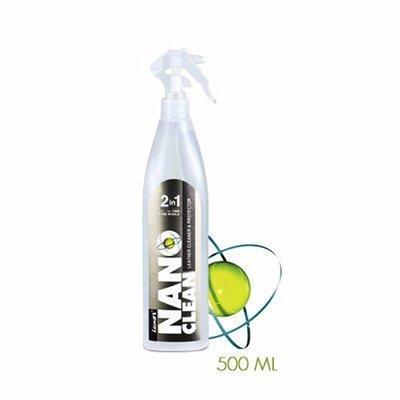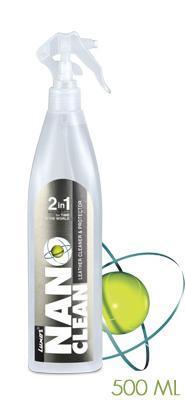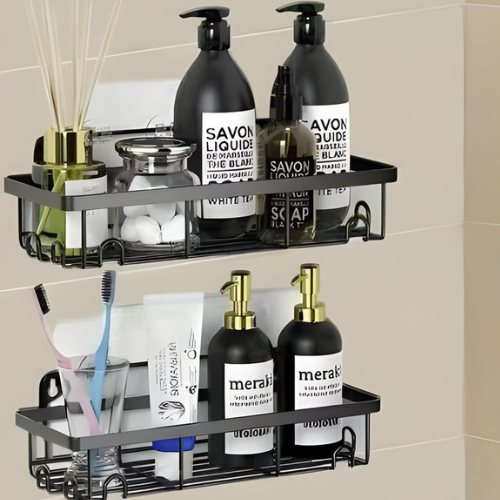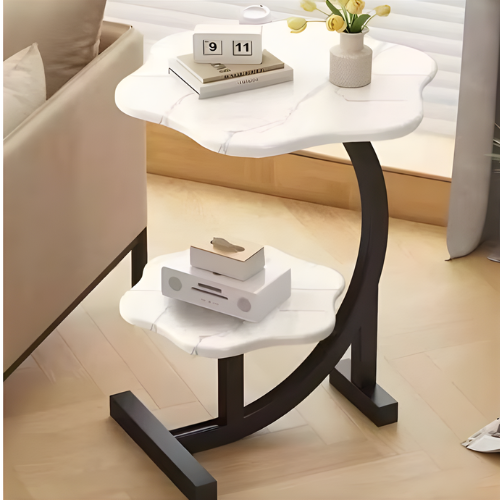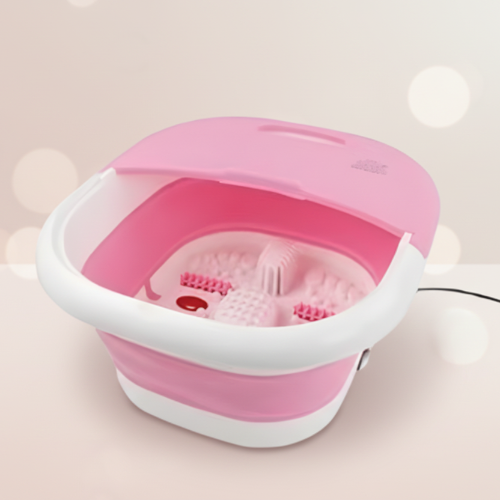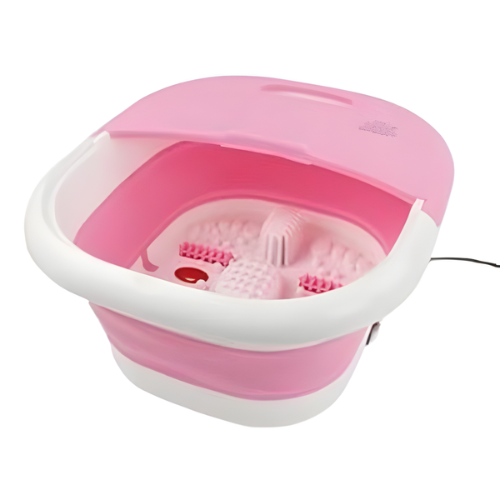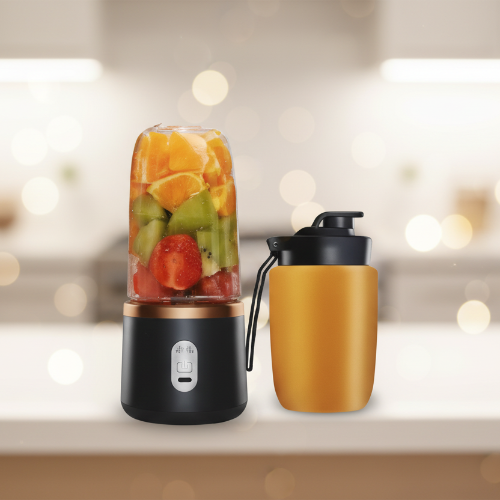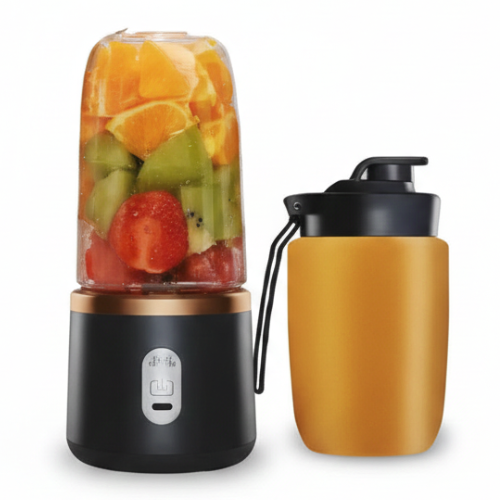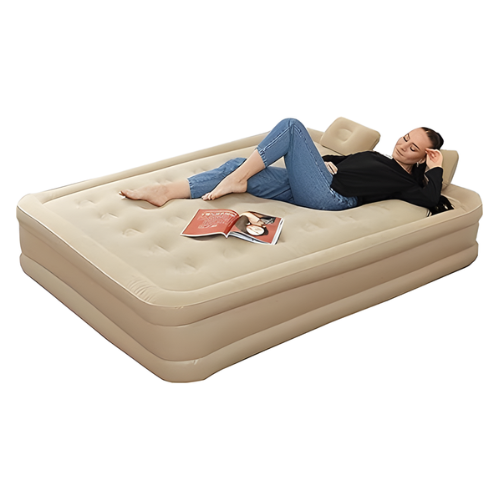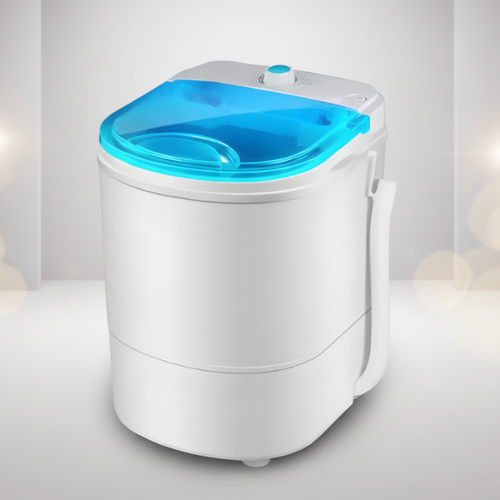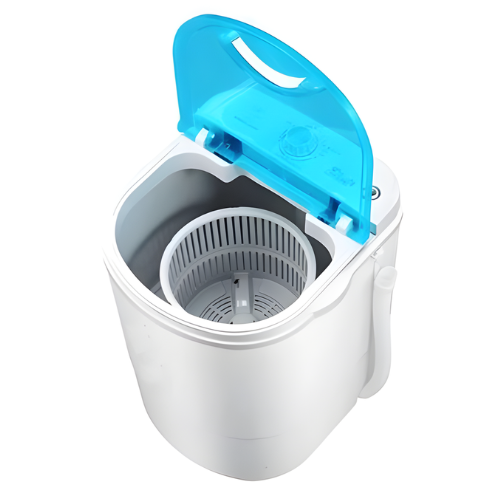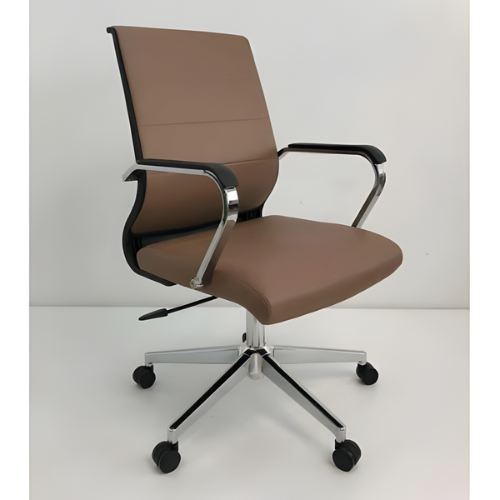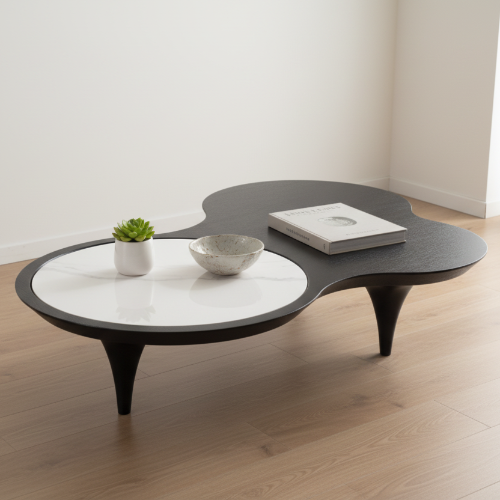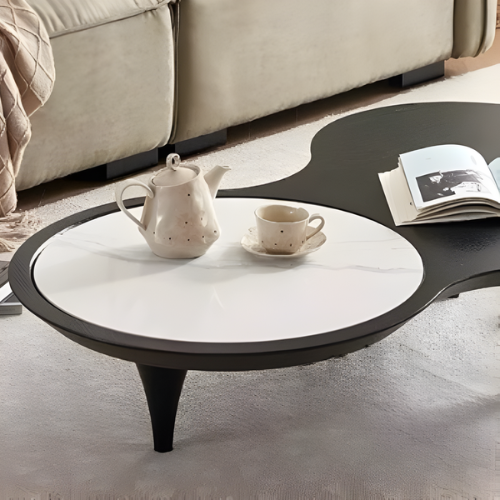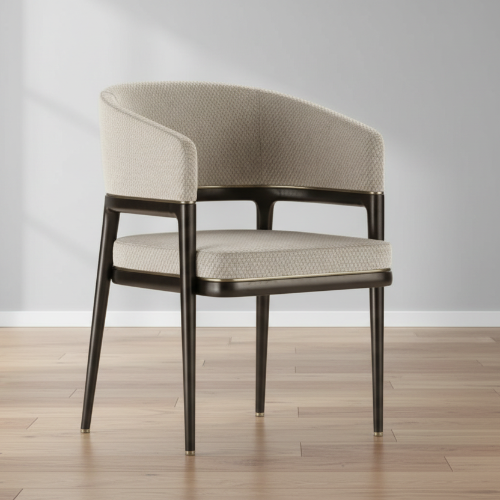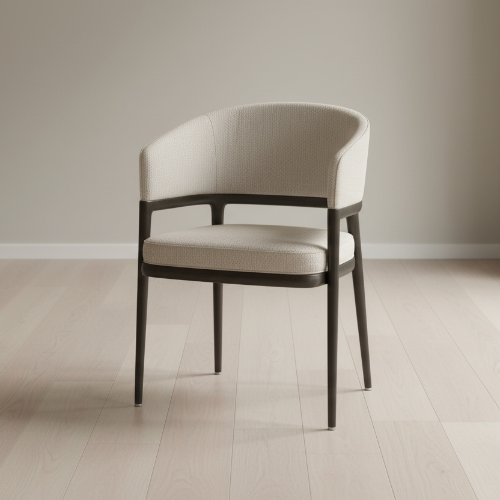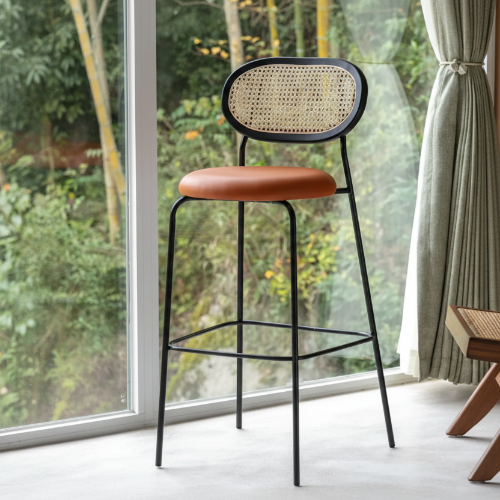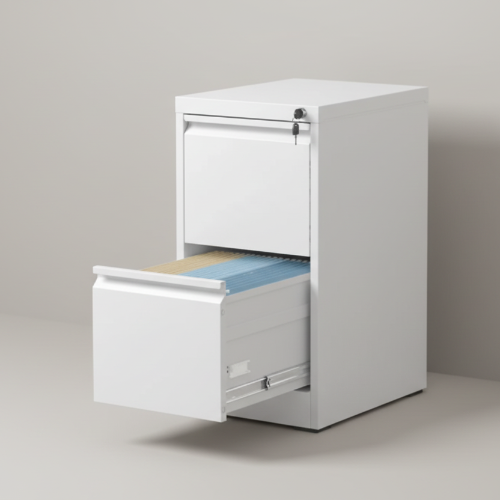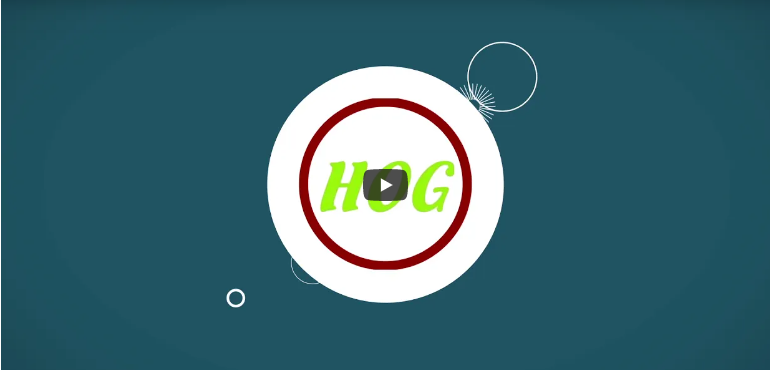Does your toilet keep clogging all the time? Read on!
Keeping your toilet running smoothly with little or no interruption can be achieved with a few preventative steps, which are pretty simple to take.
Remembering the following key points about how to prevent your toilet from clogging will save you lots of calling for emergency plumber services that are not only costly but cannot guarantee they would be available quickly enough to fix the problem. So here are the top 10 tips on how to prevent your toilet from clogging.
How to prevent the toilet from clogging
1. Check for leaks regularly
Toilet discharge outlets are covered by water in most cases and this allows waste materials to go through it without any obstacles. When you notice there's water around the drainage area, it may indicate that the flapper valve stops up easily, which increases the chance of your toilet clogging.
If you keep the flapper valve in good condition, it will ensure that nothing goes wrong with your toilet drainage system. To test if the flapper is the problem, simply lift up on the little handle at the right side of your tank; this should make it easier to close down your ballcock valve (where all water comes out). If there's no improvement after making these adjustments to your system, then you may want to replace or repair your flapper valve as soon as possible.
2. Check whether there's too much paper inside
Do not flush wet wipes down your toilet because they are far too thick for any normal septic tank meaning that they do not break down easily meaning that over time, they will cause problems. When you flush too much paper (and excessive wet wipes), your drainage system will become clogged with the waste materials that do not break down, allowing them to accumulate over time until it can no longer function properly.
3. The "flushable" label does not make any difference
You may think that when you buy something "flushable", it will definitely go through your toilet in one piece; however, this is not always the case in reality since many items are labeled as flushable even though they don't really disintegrate in water at all or easily enough to prevent clogging.
4. Check the size of the toilet trap
When your toilet keeps clogging frequently, there be an issue with the size of the toilet trap (inside drain), which is preventing it from holding in enough water to carry any waste materials out.
To test if this is your problem, you have to lift up on the tank's little handle so that all of the flushable items get washed away more quickly and thoroughly. If there are no improvements after making these adjustments, then you may want to replace or repair your toilet trap as soon as possible.
5. There's not enough preparation for flushing
In order to prevent clogging toilets, you need to let some amount of water into your toilet bowl before flushing without allowing large amounts of paper products to go down at once time because they can easily jam drainage systems. In addition, it would be a good idea to get rid of the excess flushing water out by discarding some toilet paper in order to get everything flowing through your system smoothly.
6. Putting too much waste into the toilet bowl at once time
Taking small steps towards preventing clogging toilets, such as having more patience and a less wasteful mentality when it comes to flushing means that you will avoid putting too many waste materials down at one time since this can easily cause drainage issues.
7. Don't forget about plunging
Allowing the waste materials to accumulate inside your toilet bowl over time is one of the biggest causes of clogging in toilets. Make sure to plunge out any excess buildup when you notice it, but only if the blockage is not beyond help or already requires more complex treatment methods.
8. Get rid of hair up in your drainage system regularly
Hairballs fall easily into our drains and they can quickly clog them up so make sure to get rid of them by using an old mop around these areas on a regular basis. Big lumps of hair clog up drains and can be quite stubborn, but by using a plunger, you should be able to dislodge the hair and help it go down your toilet.
9. Use enzymes for clogged toilets
Enzymes are great cleaners that break down anything they come into contact with, making them excellent choices for unclogging toilets without having to spend a lot of money at a professional plumbing service. They work immediately and easily without the need for any pre-treating or waiting, making them an excellent choice for toilets that frequently clog up.
10. Only flush waste and toilet paper down your toilet
You may be surprised to know how many items are not actually safe to go down the drain, including disposable diapers (cloth or disposable), cotton balls & swabs, condoms, dental floss (of course), q-tips (of course!!), and more! If you're ever unsure about whether something is okay to flush down your toilet, it's always best to play it safe by throwing them away in their proper garbage can rather than taking chances with your drains.
Best Toilet Types to Prevent Clogging
Other than the best ways to prevent clogging your toilet (discussed on top), you'll also want to learn about what types of toilets are most resistant. Fortunately, there are plenty of options out there for preventing clogging and keeping your toilet running properly!
Wall hung toilets
Those who have wall-hung toilets typically don't have to worry about their toilet clogging too often if they're careful with what they throw down it because the design prevents the porcelain inside from being exposed to air and thus, not likely to get blocked up as easily.
Wall-mounted toilets additionally have a larger reservoir that holds more water which is needed for flushing large objects; this reduces instances of clogs or overflows by requiring less plunging over time.
Backflush toilets
Backflush toilets are another common type of toilet that doesn't experience any issues related to clogging, but also tends to be quite expensive (and there's generally no reason why you can't install them like any other toilet).
These work by having water constantly flow through the bowl and then begin to back up, creating an effect that pushes the waste down your main drainage line; this makes them fantastic for preventing clogs.
Combination toilets
Separate chambers behind your toilet make it easier for different wastes (urine vs. stool) to be processed separately before it goes down your drain which prevents most clogging issues related to this specific detail. This also means less of a chance for overflow; however, you will need to clean both portions regularly since they are separate systems with their own problems/advantages.
Modern Flushing Toilets
The best no clogg toilets are modern toilet types that use pressurized water systems rather than gravity to push the waste through your drainage system. Toilet designs like this typically don't experience issues with clogging up and their processes are much more efficient in terms of how they use water, so you'll also want to consider getting one of these if you ever need to replace your current toilet in the future.
Routinely maintaining & cleaning out your drains will help prevent clogs from forming over time which can cause toilets to get blocked up pretty easily! Make sure you're not putting anything down the drains that shouldn't be there (especially if it's something that will take some time to break down) and always get rid of any waste in its proper garbage can. Despite all that, mistakes can and do happen though, so don’t be afraid to call in a professional from billy.com if you need to!
Authors Bio.: Cathryn Bailey







